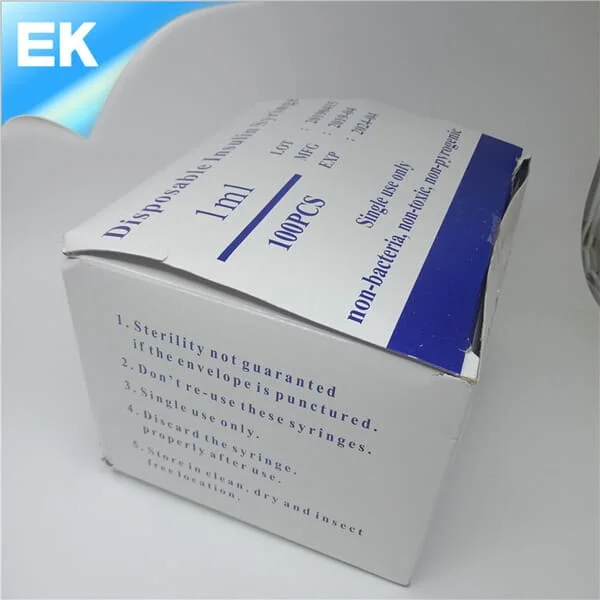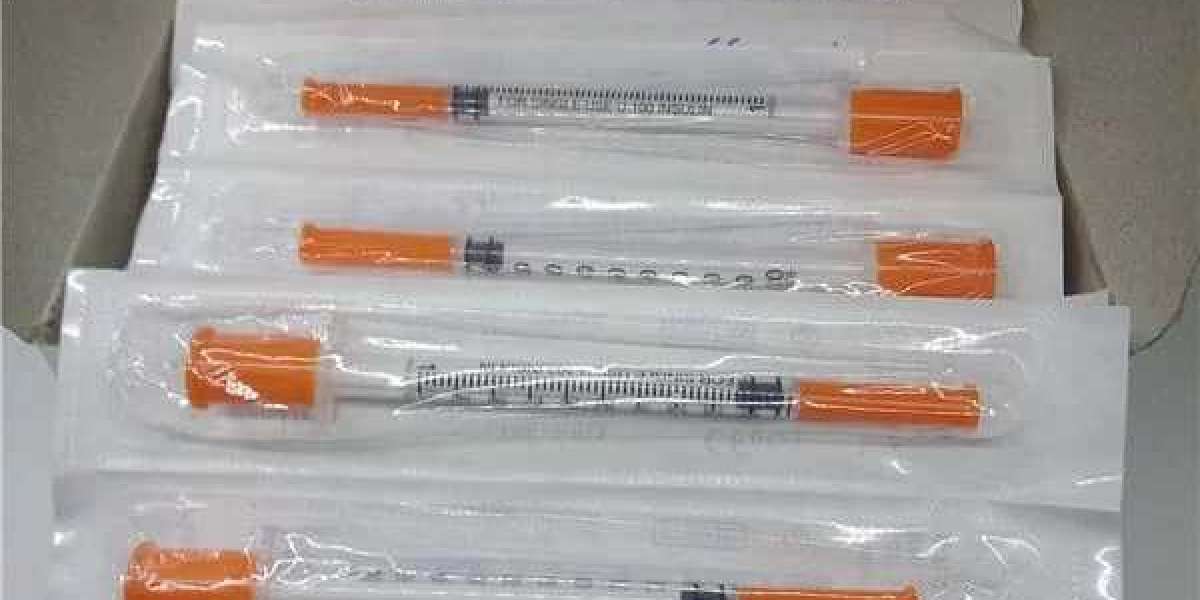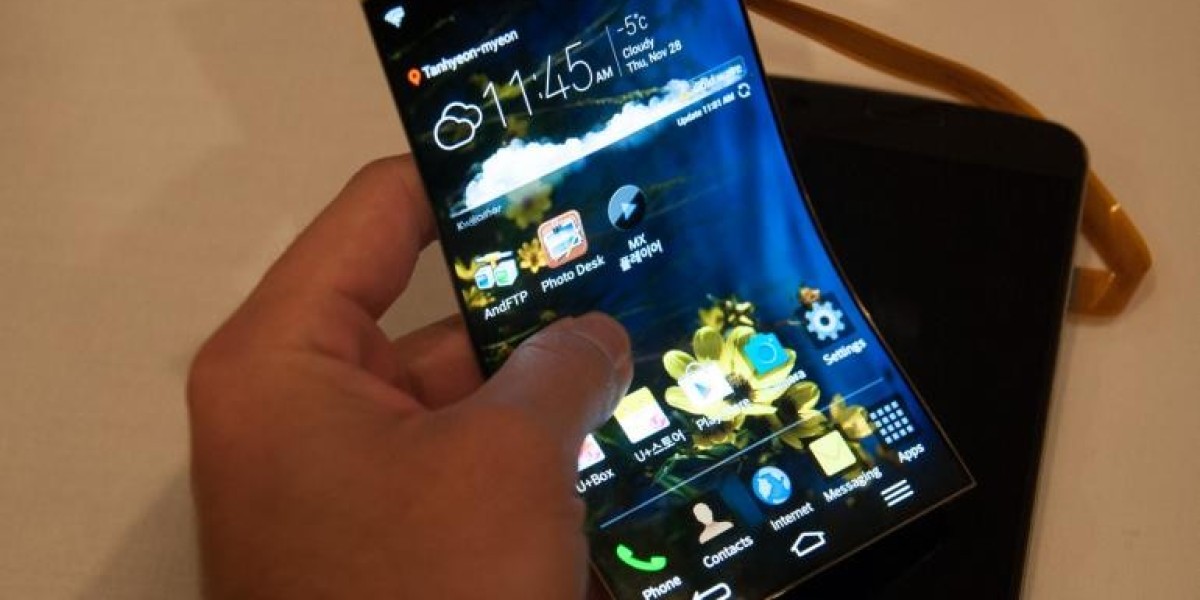Insulin syringe type structure specifications
Insulin syringes, as the name implies, are syringes specifically designed to inject insulin. It usually consists of four parts, which are needle cap, injection needle, syringe, and propeller.
The reason why special syringes are used for insulin injection and cannot be replaced by ordinary syringes is that the scale units marked on both are different. The scale marked on insulin-specific syringes is insulin units, while the scale on ordinary syringes is milliliters. The smallest unit of ordinary syringes is usually 0.1 ml, which is equivalent to 4 units of insulin after conversion, while most patients need to inject insulin doses that are not integer multiples of 4. Therefore, if a regular syringe is used, patients not only need to convert the dose and volume, but it is also difficult to extract the required dose precisely.
Insulin syringe type
The main insulin syringes on the market are ordinary insulin syringes, insulin injection pens and needleless insulin syringes.
Ordinary insulin syringes are designed and manufactured according to the single-use standard, and are plastic products with exquisite workmanship, sharp needles and clear scales. In insulin injection treatment, you should try to ensure one change at a time.
Insulin injection pens are divided into insulin pre-filled injection pens and refillable insulin injection pens. The insulin pre-fill pen is a disposable product and can be discarded together with the pen after use. The body of the refillable insulin pen can be used repeatedly, but the needle is disposable and needs to be replaced with a new refill and needle after use. The insulin injection pen can be carried around and is easy to use.
Needle-free syringes are used to inject insulin by penetrating the skin surface and penetrating into the subcutaneous tissues through high pressure in the form of a "liquid needle", which is painless and accurate in dosage. Since the physical needle is eliminated, it can reduce the psychological pressure and mental burden of patients. In addition, needle-free injections are sprayed at high speed in the form of a mist, and the diffusion and absorption are more uniform, which can avoid the production of hard knots to a certain extent. However, needle-free syringes are more expensive and have high economic costs.
It should be noted that there are more types of insulins and all have special matching insulin syringes. Insulin syringes should not be used indiscriminately and must be used with their matching insulin, otherwise it will easily lead to inaccurate insulin dosage and make blood sugar unstable. Also, insulin syringes from different manufacturers cannot be used in common.
Insulin syringe use
Patients need to wash their hands before injection, check the insulin type and injection dose, exhaust the air in the syringe, select the parts with more subcutaneous fat, such as both sides of the abdomen and upper outer thighs, disinfect the skin with alcohol cotton balls, wait for the alcohol to dry, pinch up the injected skin with the thumb, index finger and middle finger, enter the needle vertically with a 4mm needle and inject at an angle of 45° with a 6mm needle, advance the drug and stay for a few seconds. After that, slowly pull out the needle and press it with a cotton ball, without massaging the injection site. It should be noted that when injecting insulin, the injection site must be rotated frequently, and each injection site should be separated by more than 1 cm, avoiding repeated injections in the same area, otherwise it will easily lead to local subcutaneous fat atrophy or hyperplasia, which will affect the absorption of insulin. In addition, avoid wiping the tip of the needle with alcohol-based reagents. Alcohol will make the plating of the needle tip come off and make the needle core rough, which will increase the pain during injection.
For unused insulin that has been opened, it should be stored at room temperature in a cool and dry place below 25 degrees Celsius to avoid light and heat. Insulin that has been opened and stored at room temperature should not be used for more than 4 weeks. If the insulin is not opened and will not be used in the short term, it is recommended to store it in a refrigerator freezer at 2-8 degrees Celsius, not in a freezer. Do not put it in the freezer near the wall of the refrigerator, otherwise the insulin may be destroyed due to icing; and do not put it next to the refrigerator door, as repeated opening and closing of the refrigerator door may cause the insulin to shock repeatedly, which may affect the insulin potency and lead to a decrease in glucose-lowering effect.

EK has its own factory and sales office. We have our own molding workshop, injection molding workshop and assembly line, and we can do OEM/ODM products for our customers. The factory has a plant of 4000 square meters and more than 50 employees. Welcome to consult and cooperate with us.



